“[…] within a few seconds of making eye contact, I begin to feel awkward, and this seems to make the speaker feel uneasy too. Where should I look when listening to someone else speak? And how can I stay focused on what they are saying when the conversation starts feeling awkward?” – Kim
The internet is full of advice on how to make eye contact, and most of that advice does more harm than good. For example, you might have read that more eye contact is always better, but this isn’t true. As Kim has realized, just staring someone down doesn’t work.
Sections
Making confident eye contact
Practice maintaining eye contact even if it feels uncomfortable
Kim’s email hits the nail on the head when it comes to awkward eye contact:
“Within a few seconds of making eye contact, I begin to feel awkward, and this seems to make the other person feel uneasy too.”
In this scenario, the other person isn’t necessarily uncomfortable because you are making eye contact with them. It’s their realization that you are uncomfortable that makes them feel uneasy.
As we discussed in our article on avoiding awkward silences, a social interaction only becomes awkward when you become visibly nervous, and the other person starts to wonder whether they should be uncomfortable too.
Practice making eye contact even if it makes you feel uncomfortable. Over time, you’ll feel more at ease.
How to practice eye contact
Like any other social skill, eye contact gets easier the more you do it. Start by practicing with people you feel comfortable around, such as close friends or family members. You can then try making more eye contact with people who intimidate you slightly, such as your boss or senior coworker.
High self-esteem can make eye contact easier
As you’ve probably noticed, it’s often harder to maintain eye contact with someone who intimidates you. On the other hand, it’s usually easy to maintain eye contact with someone when you are in a position of power over them or when you feel “better” than them in some way.
When we improve our self-esteem and mentally position ourselves on an equal level to those we come across, it becomes easier to maintain eye contact.
However, improving your self-esteem can take years. Fortunately, there’s a quick trick you can use right now: study the other person’s eyes.
Analyze people’s eyes
Looking someone in the eyes when talking becomes less intimidating when you set yourself the task of studying each eye’s color, shape, and pupil size.
If you’re too far away to see the finer details, you can focus on the person’s eyebrows instead. Study one eye at a time. Trying to look at both simultaneously is difficult and feels awkward.
Focus your full attention on what’s being said
As I’ve explained previously, we become less self-aware (and thereby less nervous and more at ease keeping eye contact) when we focus our attention on the conversation.
Tap into your natural curiosity by privately asking yourself questions about the discussion topic. For example, you might think to yourself, “So she was in Bali, what was that like? Was it fun? Did she get jet-lagged?”
This technique makes it easier to move the conversation forward because it helps you come up with new questions to ask. You’ll feel more at ease because you’ll never be lost for something to say if the conversation dries up. Maintaining eye contact will come more naturally because you’ll feel more confident.
Making the right amount of eye contact
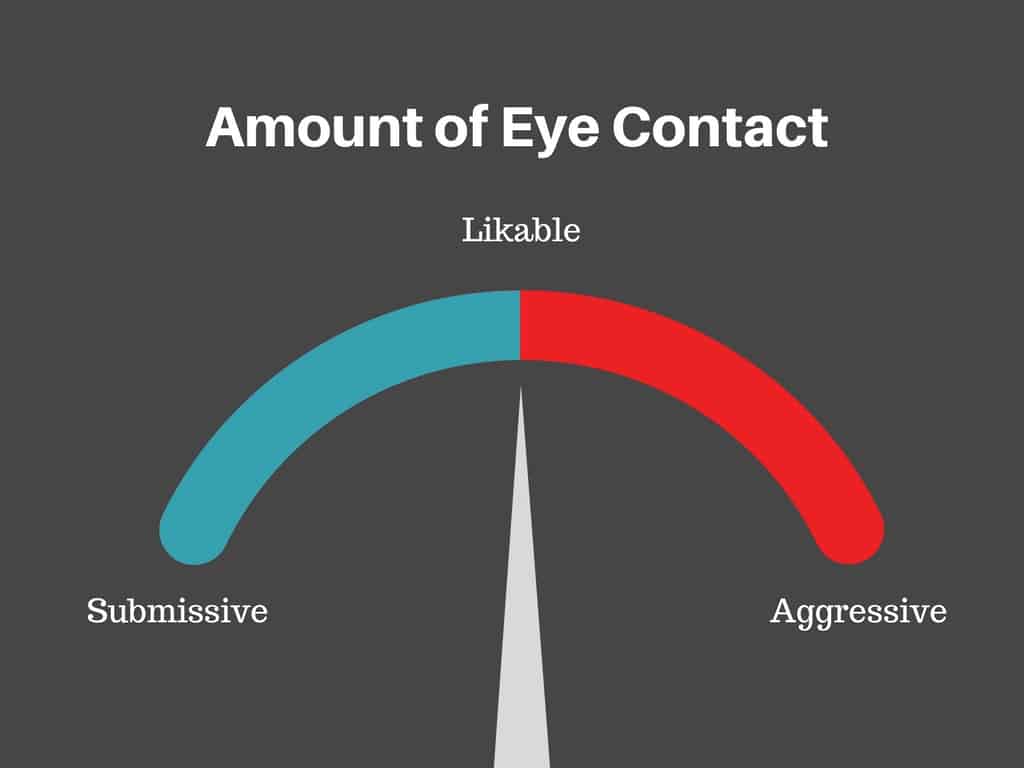
Too little eye contact can come off as nervous, submissive, or untrustworthy. Too much eye contact can come off as aggressive or overly intense.
Whenever there’s a silence in the conversation, break eye contact
This includes those brief pauses where you or the other person thinks about what to say next. Maintaining eye contact during silent moments comes off as intense and creates an awkward atmosphere.
As you break eye contact, don’t focus on any specific object or another person. If you do, the person you are talking to will interpret that to mean you’ve chosen to focus on something or someone else.
Look into the horizon, just as you do when thinking or processing information, or at the person’s mouth. Move your eyes slowly and smoothly. Quick or “darting” eye movements may make you appear nervous or untrustworthy.
Whenever someone talks, maintain eye contact
As soon as you or someone else continues talking, you can resume eye contact.
I’ve often made the mistake of not resuming eye contact as soon as I start talking. I’ve been surprised by how often people interrupt me when that happens (especially in group conversations). I believe this is because when you look away, there’s no connection. When there’s no connection, people don’t engage with you.
In general, you should aim to make direct eye contact for approximately 4-5 seconds at a time.[3] Any longer than that may make the other person uncomfortable.
Maintain eye contact when you’re speaking
It’s just as important to maintain eye contact when you’re talking as when you’re listening to someone else. An exception is if you’re walking or sitting side by side, in which case it’s natural to keep less eye contact.
When you’re able to maintain good eye contact while talking (except for when you’re formulating your next sentence in your head) you’ll be surprised by how much easier it is to catch the attention of the listeners.
In groups, distribute your eye contact evenly
“I don’t know how to make confident eye contact in groups. Who should I look at?”
When you’re the one talking in the group conversation, you want to make sure that everyone feels seen by you.
Why? Because ignoring someone for more than just a few seconds makes them feel like they aren’t part of the conversation. When two or more in a group conversation feel slightly left out, the group is soon divided into several parallel conversations. Try to divide your eye contact evenly among the people in the group.
Mirror the other person’s eye contact
In general, people prefer others with similar personality traits and communication styles. If you’re talking to someone who makes very little eye contact and you want to build rapport with that person, subtly mirror their behavior.
If you maintain eye contact, talk with a loud voice and come off as a high-energy person with good self-esteem, you’ll probably intimidate nervous people. Tone down your behavior when you want to connect with those who are less confident.
Situations where eye contact is extra important
Using eye contact to come across as trustworthy
Many people think that liars avoid eye contact. This isn’t always true. Lots of honest people have trouble keeping eye contact.
However, if you can’t look someone in the eye, they might wrongly assume that you are lying to them. Therefore, eye contact is important if you want others to trust you. Research shows that people who make direct eye contact are perceived as more credible.[2]
Using eye contact to create attraction
If you want to signal that you find someone attractive, keep eye contact with that person when neither of you are talking. Research shows that eye contact is more attractive than an averted gaze.[8] According to one study, two minutes of direct shared eye contact can create a feeling of mutual attraction.[9]
However, this research took place in a lab with participants who were told to make intense eye contact for two minutes. In the real world, it’s important to remember that there’s a difference between eye contact vs staring. Looking someone straight in the eye for two minutes may unnerve them, so gently break eye contact every few seconds.
Combine eye contact with a subtle smile. Keep your facial muscles relaxed. If you tense up, your gaze may be mistaken for aggression instead of interest. A quick blink can break off a stare and make you look less imposing.
Using eye-contact when there’s a conflict
When we’re in conflict with someone and want to resolve the issue, we should look down at the floor.[1] Avoiding eye contact is a submissive gesture. It sends a clear signal: “I don’t want to intimidate or threaten you. I just want to sort this problem out.”
Read more: How to have difficult conversations.
Common questions
Why is eye contact important?
People with higher than average levels of social anxiety tend to avoid eye contact. Psychologists call this “gaze avoidance.” It’s a safety behavior that socially anxious people use to reduce their nervousness.[1]
The problem is that gaze avoidance is very obvious. It can also send the wrong social signals.
According to one study, “…gaze avoidance, particularly during moments when it is socially normative to use direct eye contact, can have unintended consequences, such as communicating disinterest or coldness.” Gaze avoidance can cause people to be “perceived as less warm [or] less well-liked.”[1]
Learning when and how to make eye contact is key to your social success.
Why do I avoid eye contact?
You might avoid eye contact because you are shy, lack confidence, or haven’t had much chance to practice social interaction. Not looking people in the eye during conversations can also be a sign of an underlying disorder such as social anxiety, ADHD, Asperger’s Syndrome, or depression.[3]
Social Anxiety Disorder (SAD): People with SAD fear being judged and feel vulnerable in social situations. Making eye contact often makes them nervous.[4]
ADHD: If you have ADHD, you may find it hard to focus on something for more than a short period of time. This can make keeping eye contact difficult.[5]
Asperger’s syndrome: People with Asperger’s syndrome (plus those with other autism spectrum disorders) often have problems maintaining eye contact. Research shows they are more comfortable looking at people who aren’t gazing at them directly.[6]
Depression: Social withdrawal and a loss of interest in communicating with other people are common signs of depression. Depressed people make 75% less eye contact than non-depressed people.[7]
Why do I feel awkward making eye contact?
You might feel awkward making eye contact because of social anxiety, because you feel intimidated by the person, or simply because you don’t know what you should say. To be more at ease with making eye contact, practice maintaining it for a little extra even when it makes you feel awkward.
Can you make too much eye contact?
You can make too much eye contact and, as a result, come off as aggressive. As a rule of thumb, make as much eye contact with someone as that person makes with you. This is called mirroring. When you make eye contact, keep a friendly facial expression to not make the other person uncomfortable.
How much eye contact is normal?
People normally keep eye contact 50% of the time when talking and 70% of the time when listening. It’s common to break eye contact every 4-5 seconds.[3] Every person you talk to is different, and it’s safest to keep as much eye contact with someone as they keep with you.
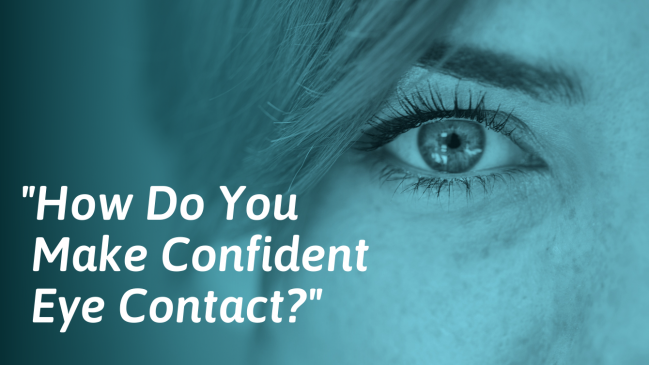
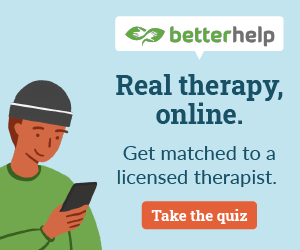
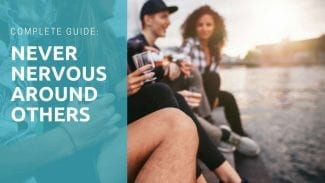
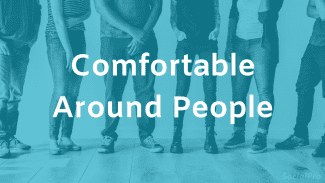
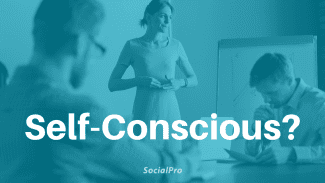
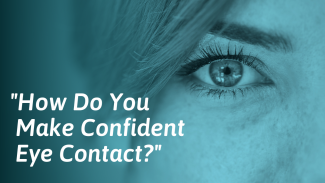
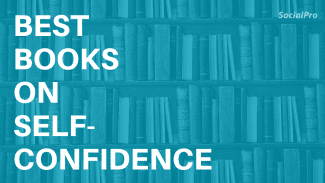
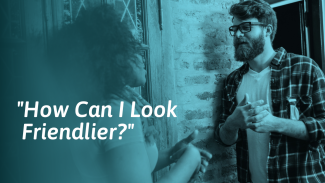


Why can’t the answer just be- be honest and be yourself and make the amount of eye contact you are comfortable with? Not worry so much about (mis)perceptions?
I discovered a trick in my school days to maintaining some eye contact when I felt uncomfortable – like when teachers were telling me off. Just look at the spot between someone’s eyes. You can vary this a bit and look at their eyebrows or nose. It makes it much easier and less intense. The other person is not really aware of the difference. It also avoids the staring effect that looking directly into a person’s eyes can have.
Thank you, I feel as though a hugh mistory has been solved. Now I have somthing concret to work on. This has always eluded me. How to make positive eye contact. I my past experiences, I either stare people down and intimdate them, or in group situations I never knew where to look.
Thnkss David… It really helped
hi,
I don’t know how common this is but I discovered at about the age of 30 that I rarely if ever looked at people in the eyes when I spoke with them most especially other males and superiors for instance my immediate boss or managers.
somewhere about this age,I read an article about eye contact and its importance and that’s when I became aware that I wasn’t doing it.
rather than help me this awareness made the situation far worse as I then became very self-conscious of it and tried to force myself to do it. forcing it made it worse. it would be very obvious and very awkward or I would try to lock my eyes on the person and probably contorting my face while I was doing it which would result in the same thing or worse.
I literally think some people couldn’t stand talking to me anymore because they didn’t know how to deal with the situation and neither did I. downward spirals of awkwardness often occured. i started avoiding interactions.
it’s been with me for many years and I develop some coping mechanisms but still no magic bullet. good days n bad days. the worst thing is some people clearly know that I had this problem and avoid talking to me I’m sure it’s awkward for them and it’s painful for me when this happens.
one thing I did realize 3 years of thinking about this, I never made eye contact with my father generally because he was not a loving father he was generally unhappy and annoyed and just yelled at us as kids. it wasn’t that he was abusive but there was never any eye contact with him it was always trying to avoid him and stay below the radar. there certainly wasn’t any looking to Dad’s eyes and feel the warmth love and support the kids would want. found out how much that has to do with it but it certainly got to be a factor.
this article will be helpful in any other suggestions you have
with regards to this particular set of circumstances would be appreciated and may be helpful to your readers.
this is great. i love it.
Thank you so much, I learnt a lot your emails are helpful
Never kept eye contact with a bully
Never keep eye contact with a bulky
ok warrington i have to disagree. ALWAYS MAKE EYE CONTACT WITH A BULLY.if u dont theyll think u br to scared to stand up to them. but be careful. if u use too much confidence they will try and fight u. this ive learned the hard way. also if u make eye contact it actually makes the bully mad. or u just dont bother at all and completly ignore them. witch will make them more mad……unless if u get THEM mad to the point were THEY WALK OFF. this is just my opinion